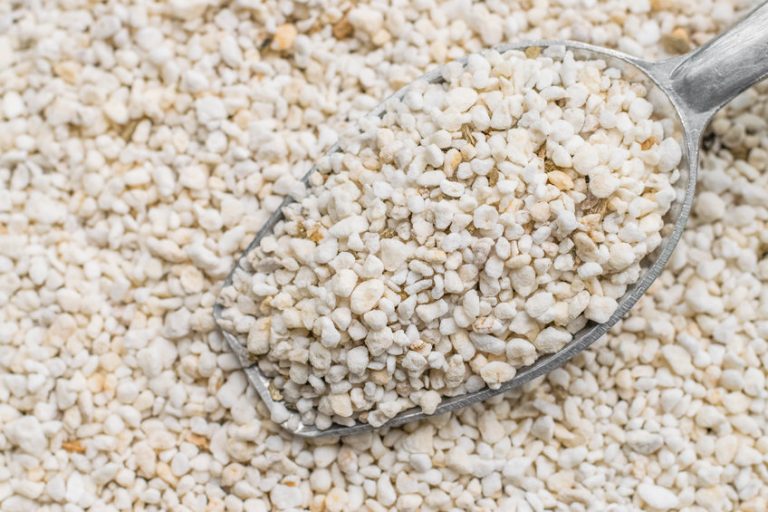Can you use styrofoam as a perlite substitute? You might also be wondering why to use perlite in the first place. Here’s the lowdown on this helpful garden amendment. What is perlite? Perlite is sourced from volcanic glass with high water content. During the manufacturing process, the application of heat turns the glass into small,…
